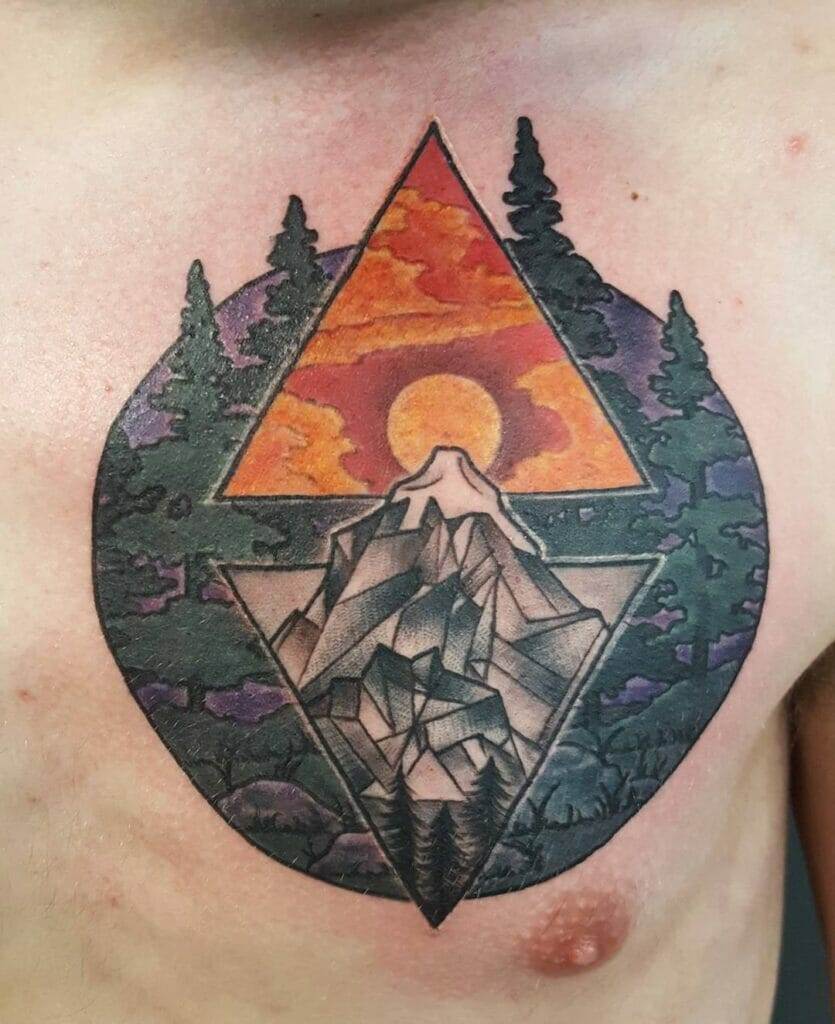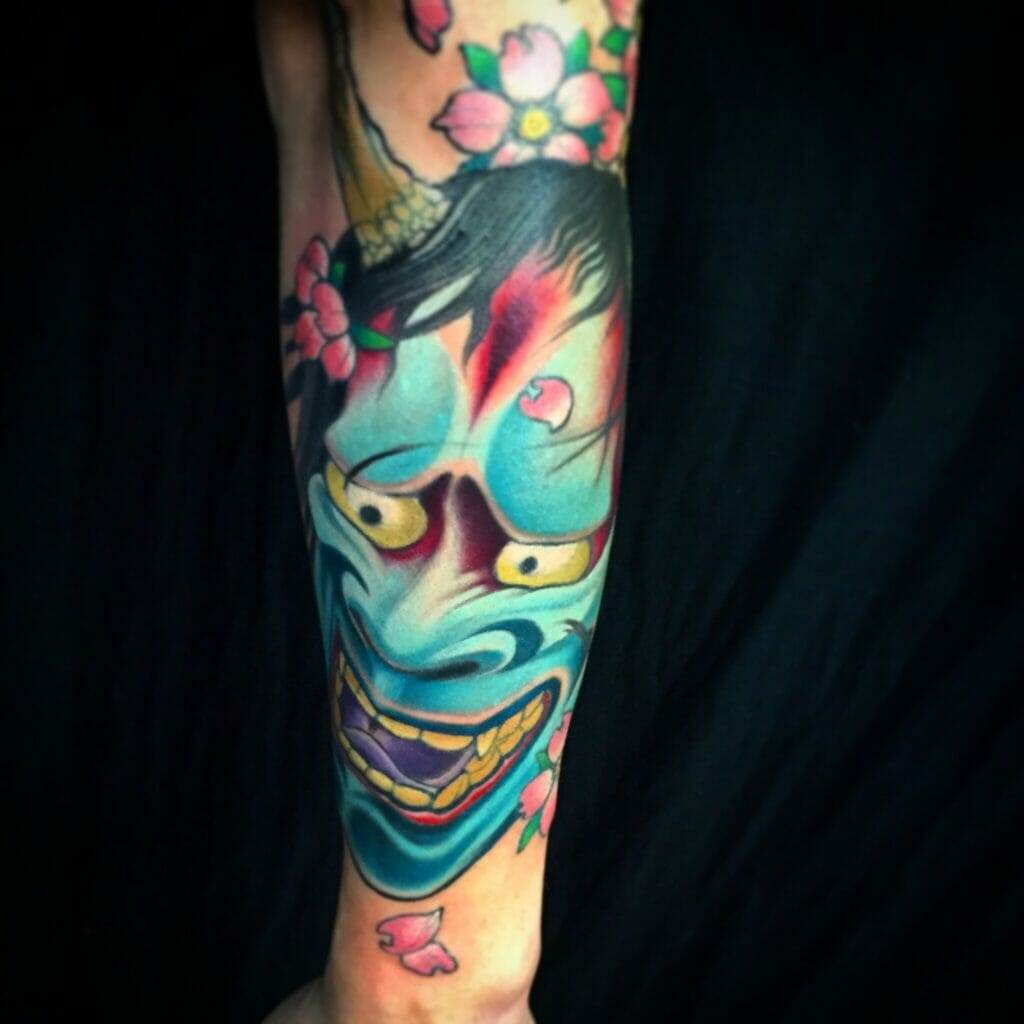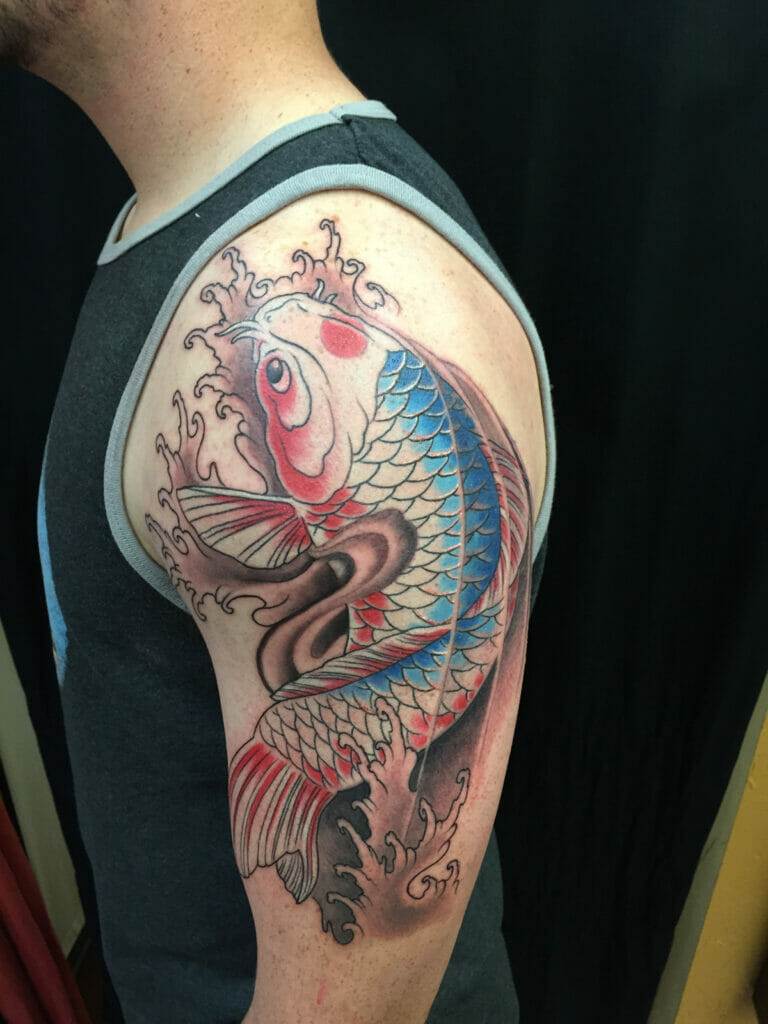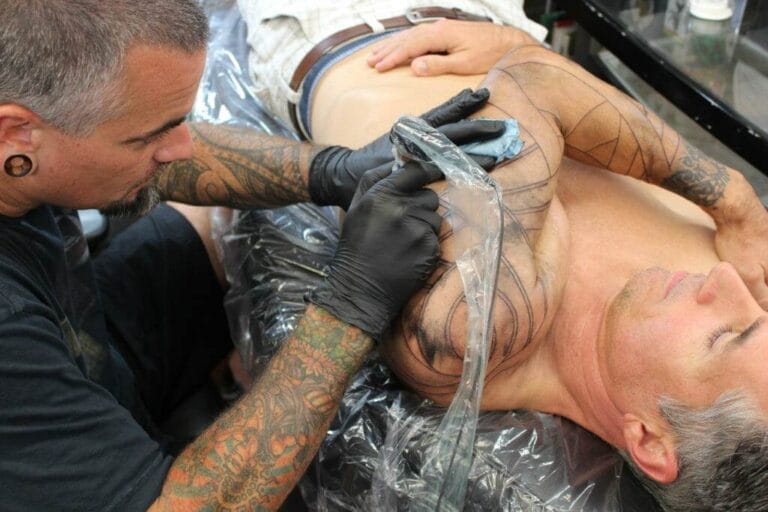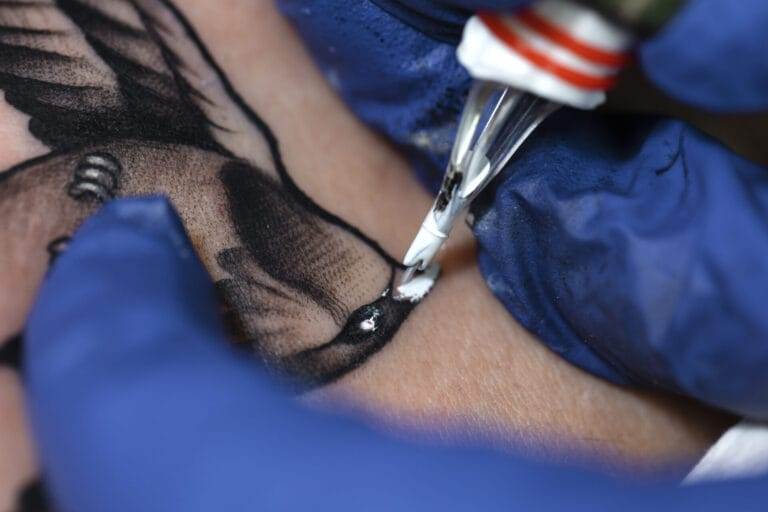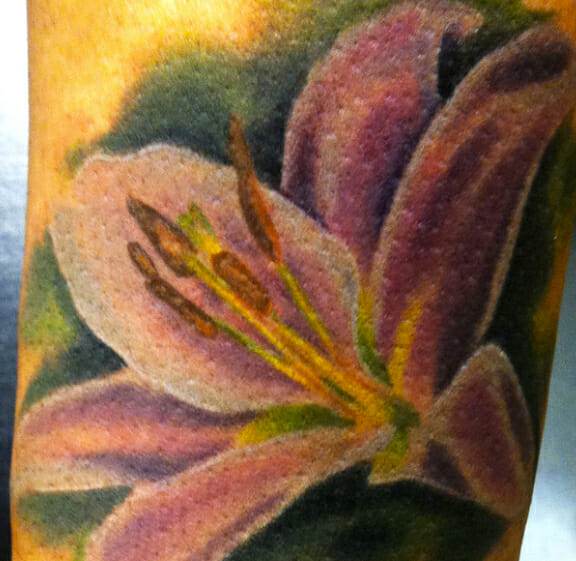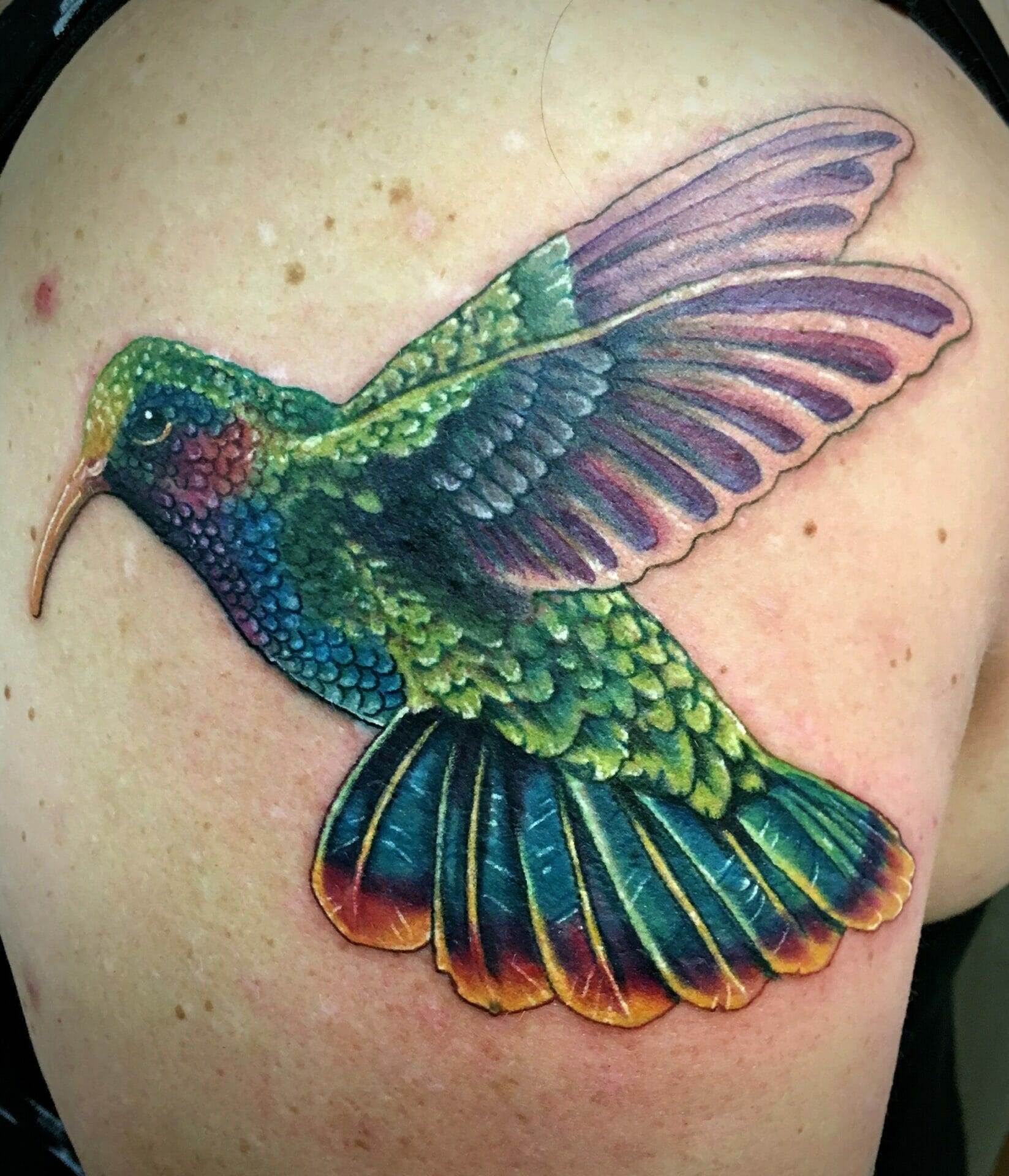
Tattooing has been practiced for thousands of years, with evidence of its existence dating back to ancient civilizations such as the Egyptians and the Greeks. Over time, tattooing has evolved and become a popular form of self-expression and body art. One of the latest trends in the world of tattoos is the rise of watercolor tattoos. These unique and vibrant tattoos have gained popularity in recent years, captivating the attention of tattoo enthusiasts and artists alike.
Watercolor tattoos are characterized by their fluid and painterly appearance, mimicking the look of watercolor paintings on paper. Unlike traditional tattoos that use bold lines and solid colors, watercolor tattoos incorporate soft edges, delicate brushstrokes, and a wide range of colors to create a more artistic and ethereal effect. This style of tattooing has gained popularity due to its ability to create visually stunning and one-of-a-kind designs that stand out from traditional tattoos.
The Difference Between Traditional and Watercolor Tattoos
Traditional tattoos are known for their bold lines, solid colors, and heavy shading. They often feature iconic symbols, such as anchors, skulls, or roses, and are typically done in black ink with limited color variations. On the other hand, watercolor tattoos break away from these traditional conventions and embrace a more free-flowing and artistic approach.
Watercolor tattoos use a technique that mimics the look of watercolor paintings on paper. They often feature soft edges, delicate brushstrokes, and a wide range of colors that blend seamlessly together. Unlike traditional tattoos that rely on bold lines to define the design, watercolor tattoos use color gradients and shading to create depth and dimension. This unique style allows for more creativity and experimentation, resulting in visually stunning and one-of-a-kind designs.
The Benefits of Watercolor Tattoos
There are several advantages to getting a watercolor tattoo over a traditional tattoo. One of the main benefits is the versatility that watercolor tattoos offer. Traditional tattoos are often limited to specific styles and designs, whereas watercolor tattoos can be customized to suit individual preferences and tastes. The fluid and painterly nature of watercolor tattoos allows for more creativity and experimentation, making it possible to create unique and personalized designs.
Another advantage of watercolor tattoos is their ability to create a softer and more ethereal look. The use of soft edges, delicate brushstrokes, and a wide range of colors gives watercolor tattoos a dreamy and whimsical appearance. This style of tattooing is particularly popular among those who want a more artistic and less traditional tattoo.
Additionally, watercolor tattoos tend to age better than traditional tattoos. The soft edges and delicate brushstrokes of watercolor tattoos are less likely to blur or fade over time compared to the bold lines and solid colors of traditional tattoos. This means that watercolor tattoos can maintain their vibrancy and integrity for longer periods, resulting in a more long-lasting piece of body art.
The Importance of Proper Aftercare
Proper aftercare is essential for ensuring the healing and longevity of your watercolor tattoo. After getting a tattoo, it is important to follow the aftercare instructions provided by your artist. This typically involves keeping the tattoo clean and moisturized, avoiding direct sunlight and excessive sweating, and refraining from picking or scratching at the tattoo.
Cleaning the tattoo regularly with a mild, fragrance-free soap and warm water is crucial to prevent infection. After cleaning, pat the tattoo dry with a clean towel and apply a thin layer of fragrance-free moisturizer to keep the skin hydrated. It is important to avoid using harsh soaps, lotions, or ointments that can irritate the tattooed area.
In addition to proper cleaning and moisturizing, it is important to protect your watercolor tattoo from direct sunlight. UV rays can cause the colors in the tattoo to fade or blur over time. If you need to be in the sun, make sure to apply a broad-spectrum sunscreen with a high SPF to protect your tattoo.
Watercolor Tattoo Inspiration: Ideas and Designs
Watercolor tattoos offer endless possibilities when it comes to design ideas. From delicate flowers to abstract landscapes, there are countless options to choose from. Here are some popular watercolor tattoo designs:
1. Floral Designs: Flowers are a common choice for watercolor tattoos due to their natural beauty and versatility. From roses to lilies to cherry blossoms, floral designs can be customized to suit individual preferences and symbolize different meanings.
2. Animal Portraits: Watercolor tattoos can also be used to create stunning animal portraits. Whether it’s a majestic lion or a graceful hummingbird, these tattoos capture the essence and beauty of various animals.
3. Abstract Art: For those who prefer a more abstract and artistic approach, watercolor tattoos can be used to create unique and visually striking designs. These tattoos often feature bold brushstrokes, splatters, and color gradients that create a sense of movement and energy.
4. Landscapes: Watercolor tattoos can also be used to depict landscapes, such as mountains, forests, or oceans. These tattoos often incorporate a wide range of colors to capture the beauty and serenity of nature.
The symbolism behind watercolor tattoo designs can vary depending on the individual and their personal interpretation. For example, flowers are often associated with beauty, growth, and femininity, while animals can symbolize strength, freedom, or spirituality. It is important to choose a design that resonates with you and holds personal meaning.
The Process of Creating a Watercolor Tattoo
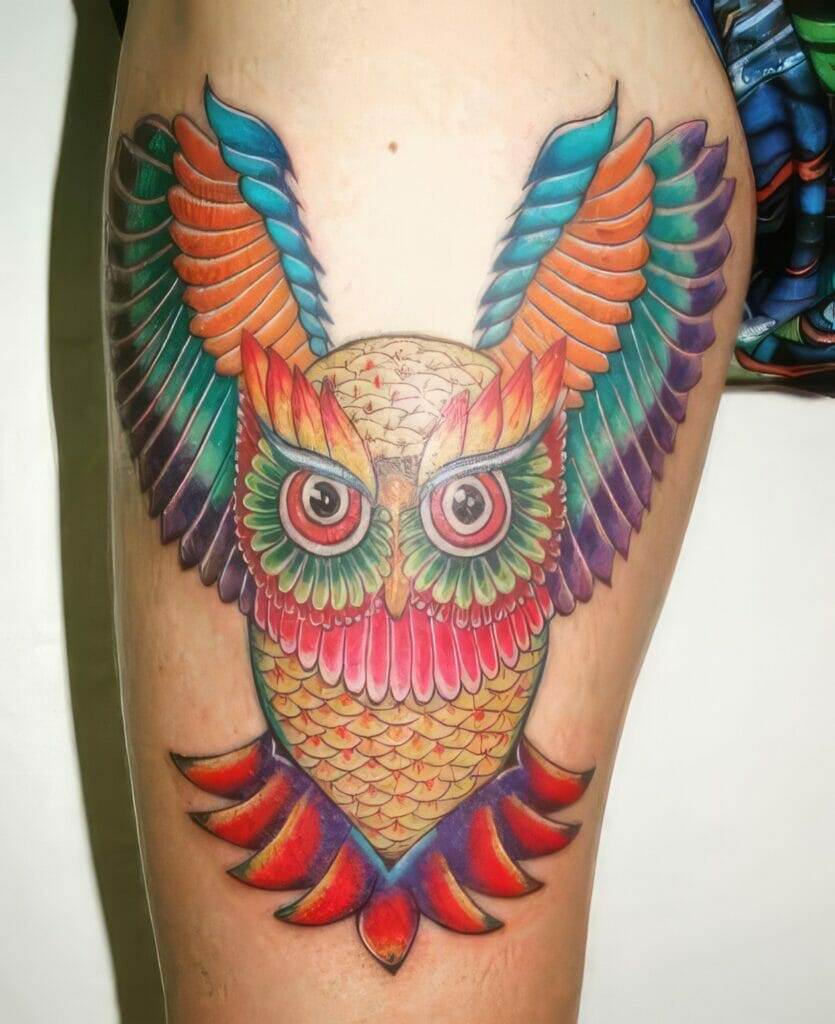
Creating a watercolor tattoo involves several steps to ensure the desired effect is achieved. The process typically begins with a consultation between the artist and the client to discuss design ideas, placement, and size. Once the design is finalized, the artist will create a stencil of the design and transfer it onto the skin.
Next, the artist will begin tattooing using a combination of techniques to create the watercolor effect. This may involve using different needle configurations, varying pressure, and layering colors to achieve the desired result. The artist will work carefully to create soft edges, delicate brushstrokes, and seamless color transitions.
Throughout the tattooing process, it is important for the client to communicate any discomfort or pain they may be experiencing. The artist may need to make adjustments or take breaks to ensure the client’s comfort.
Once the tattoo is complete, the artist will clean the area and apply a thin layer of ointment or moisturizer to aid in healing. They will then provide aftercare instructions to ensure proper healing and maintenance of the tattoo.
Understanding Color Theory in Watercolor Tattoos
Color theory plays a crucial role in creating visually stunning watercolor tattoos. Understanding how colors interact with each other and how they can be used to create depth and dimension is essential for achieving the desired effect.
In watercolor tattoos, colors are often blended together to create smooth transitions and gradients. This can be achieved by layering different shades of the same color or by combining complementary colors to create contrast. For example, blending shades of blue and green can create a sense of depth and movement in a watercolor tattoo of the ocean.
It is important to consider the overall color scheme and balance when selecting colors for a watercolor tattoo. Too many contrasting colors can create a chaotic and overwhelming effect, while too few colors can result in a flat and dull appearance. Working with an experienced artist who understands color theory can help ensure that the right colors are chosen to achieve the desired effect.
Tips for Maintaining the Vibrancy of Your Watercolor Tattoo
While watercolor tattoos are known for their vibrant and colorful appearance, there are several factors that can affect their longevity. To maintain the vibrancy of your watercolor tattoo, consider the following tips:
1. Protect your tattoo from direct sunlight: UV rays can cause the colors in your tattoo to fade or blur over time. It is important to protect your tattoo from direct sunlight by applying a broad-spectrum sunscreen with a high SPF or by covering it with clothing when exposed to the sun.
2. Moisturize regularly: Keeping your skin hydrated is essential for maintaining the vibrancy of your tattoo. Apply a fragrance-free moisturizer to your tattoo regularly to prevent dryness and cracking.
3. Avoid excessive sweating: Excessive sweating can cause the colors in your tattoo to bleed or fade. Avoid activities that cause excessive sweating, such as intense workouts or saunas, until your tattoo is fully healed.
4. Avoid harsh chemicals: Harsh chemicals found in soaps, lotions, or skincare products can irritate your tattoo and cause the colors to fade. Use gentle, fragrance-free products when cleaning and moisturizing your tattoo.
By following these tips, you can help ensure that your watercolor tattoo maintains its vibrancy and integrity for years to come.
Common Mistakes to Avoid When Getting a Watercolor Tattoo
While watercolor tattoos can be visually stunning and unique, there are some common mistakes that people make when getting them. By being aware of these mistakes, you can avoid potential issues and ensure a successful tattooing experience.
One common mistake is not doing enough research or choosing an inexperienced artist. Watercolor tattoos require a high level of technical skill and artistic ability to achieve the desired effect. It is important to research and select an artist who specializes in watercolor tattoos and has a strong portfolio showcasing their expertise in this style.
Another mistake is not properly caring for the tattoo during the healing process. Proper aftercare is crucial for ensuring the healing and longevity of your watercolor tattoo. It is important to follow the aftercare instructions provided by your artist, including keeping the tattoo clean and moisturized, avoiding direct sunlight, and refraining from picking or scratching at the tattoo.
Lastly, another common mistake is not considering the long-term effects of the tattoo. While watercolor tattoos can be visually stunning, it is important to consider how they may age over time. The soft edges and delicate brushstrokes of watercolor tattoos are less likely to blur or fade compared to traditional tattoos, but it is still important to take proper care of your tattoo to maintain its vibrancy.
By avoiding these common mistakes and taking proper care of your watercolor tattoo, you can ensure a successful and long-lasting piece of body art.
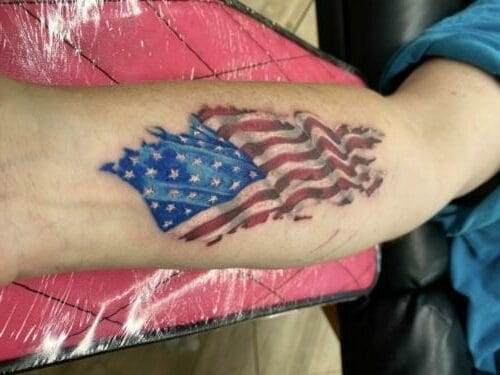
The Beauty and Versatility of Watercolor Tattoos
Watercolor tattoos have gained popularity in recent years due to their unique characteristics and ability to create visually stunning designs. Unlike traditional tattoos, watercolor tattoos offer a more artistic and ethereal look, with soft edges, delicate brushstrokes, and a wide range of colors. They are versatile and can be customized to suit individual preferences and tastes.
When getting a watercolor tattoo, it is important to find a skilled artist who specializes in this style. Proper aftercare is also crucial for ensuring the healing and longevity of your tattoo. By following these tips and avoiding common mistakes, you can enjoy a vibrant and long-lasting watercolor tattoo that showcases your individuality and creativity. So, if you’re considering your next piece of body art, why not consider a watercolor tattoo?

